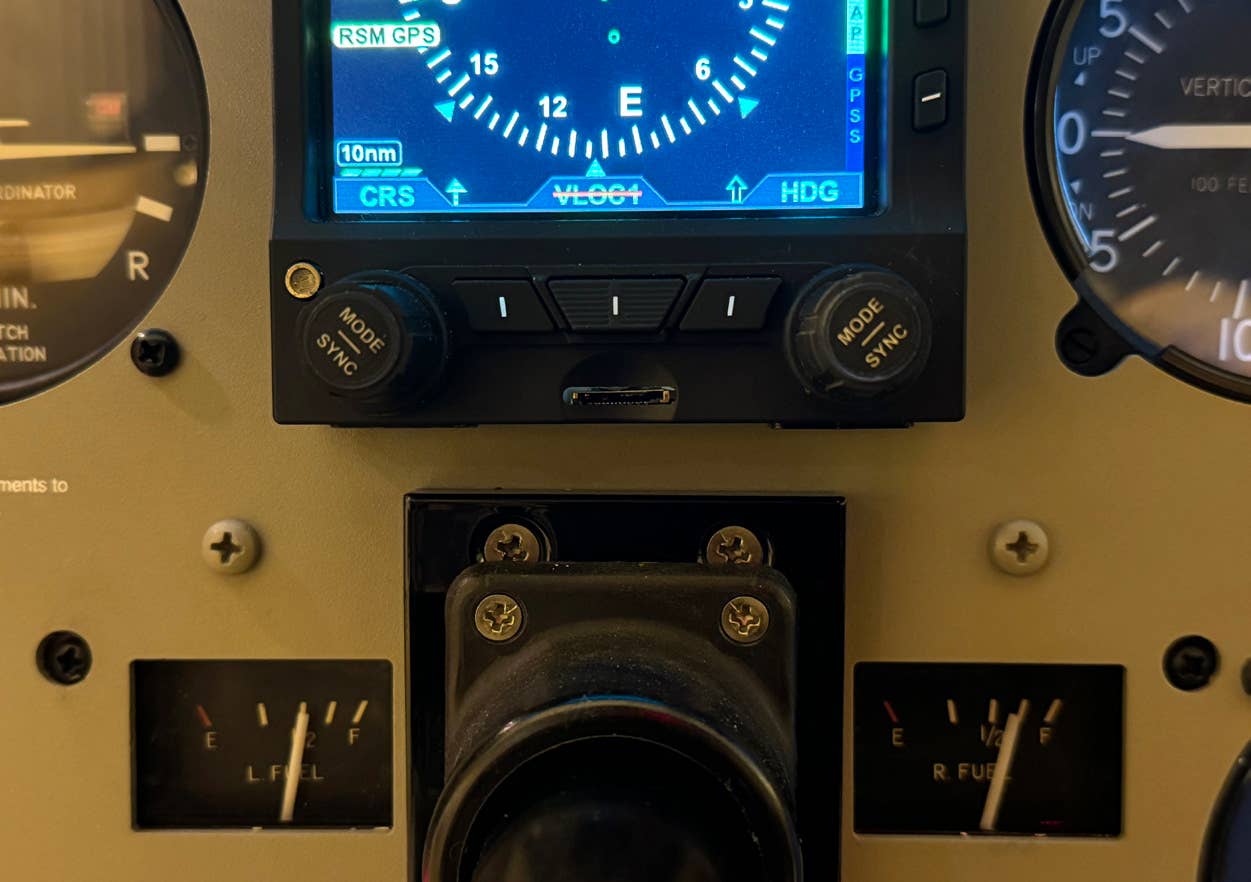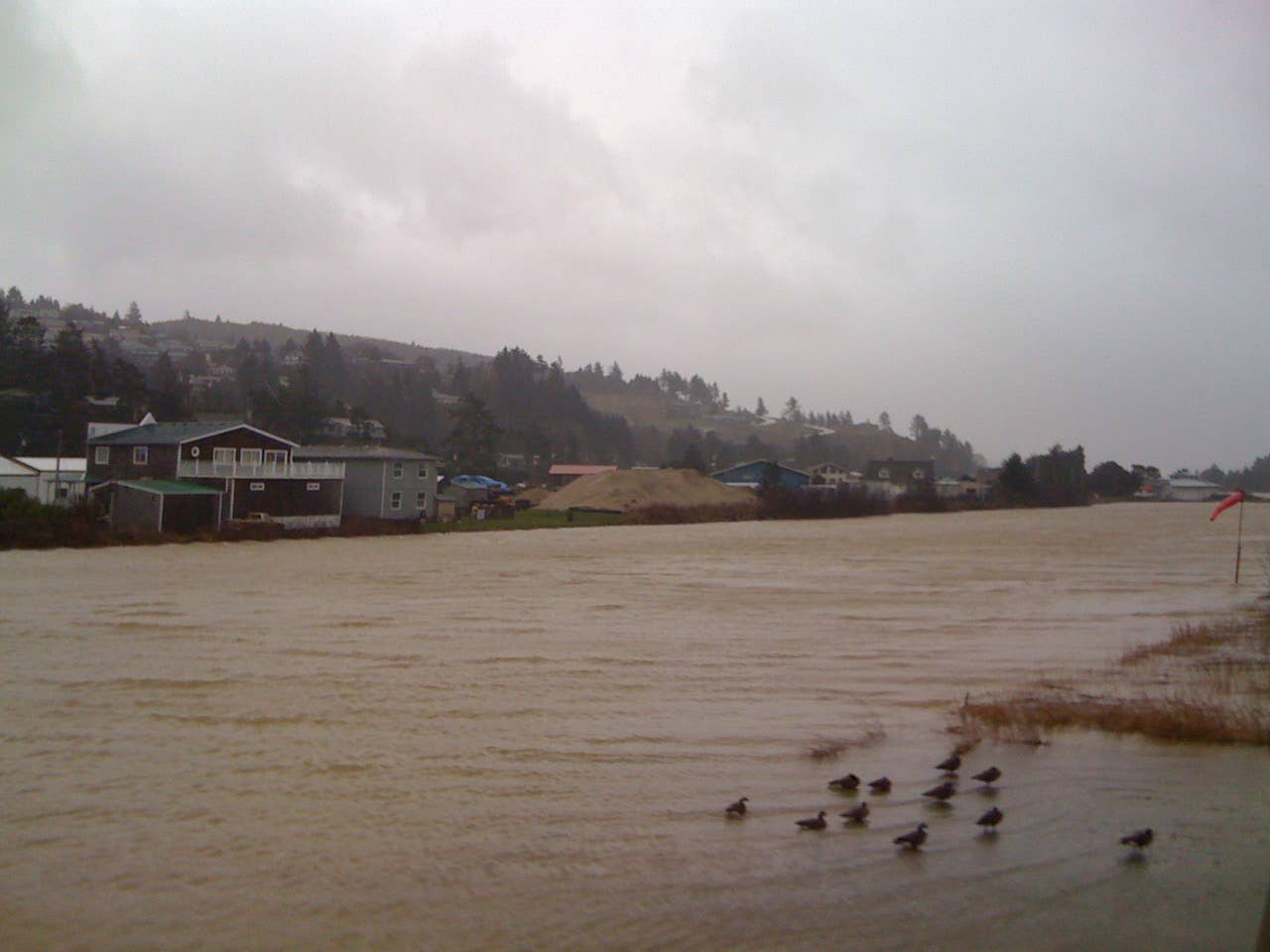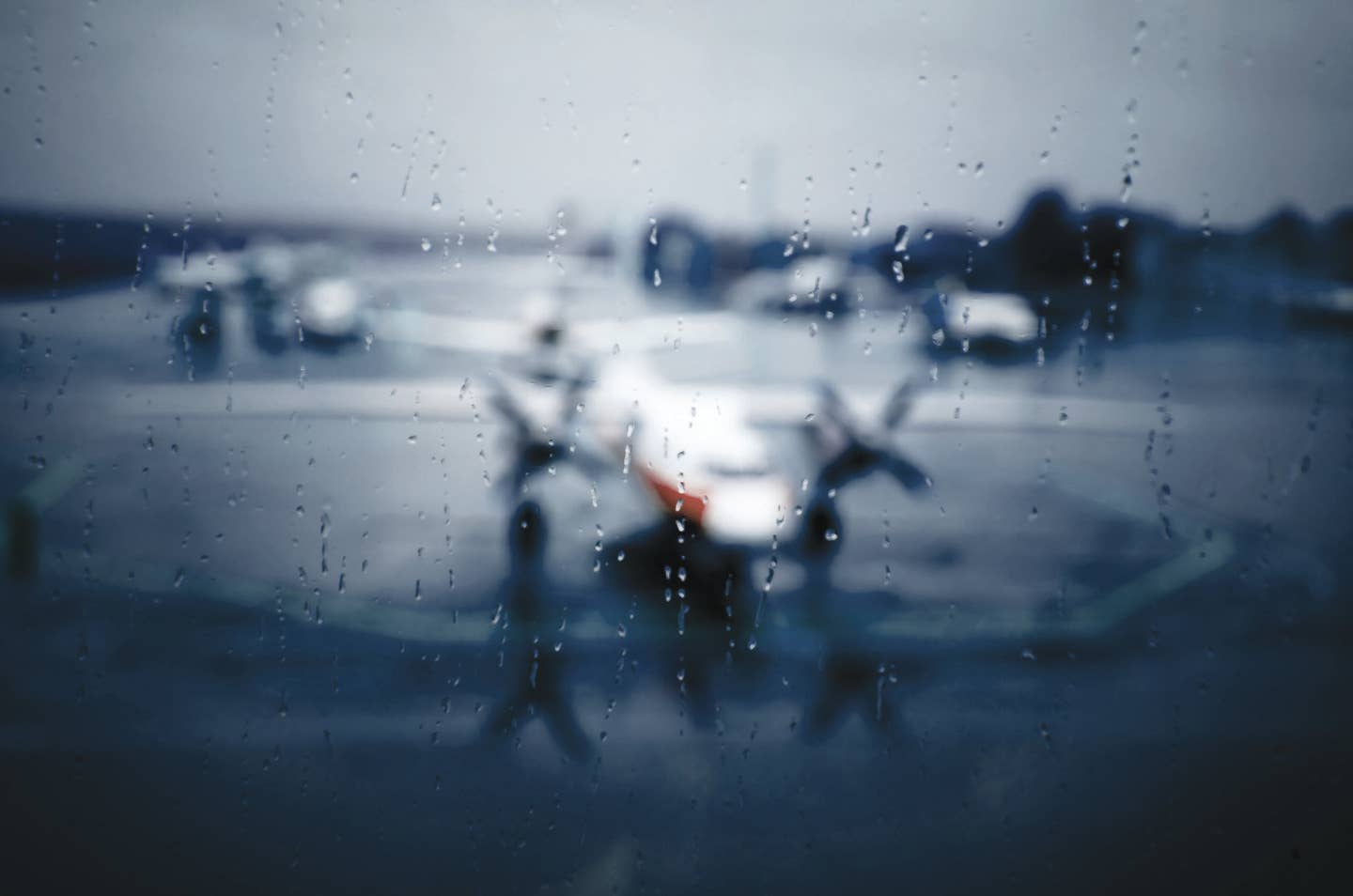
By now, most pilots are well aware of the peril they face from snow- and frost-encrusted wings. The increased friction and resulting compromised lift can render an otherwise clean airplane unflyable -- and you wouldn't know until you reach liftoff speeds, only to find that Bernoulli has taken that morning off. So almost all of us know that you need to clear the wings -- and tail surfaces -- of all traces of snow, ice and frost. For those of you with hangars, you get a pass on this unpleasant chore at home base. But before you start feeling too smug, consider that you could find your precious metal bird outside on an overnight trip -- especially an unexpected overnight stay off the beaten path. Do you have what you need on board for the morning clean-up? If not, be sure to ask the FBO if someone will be on hand before your departure with a broom, an ice scraper and whatever else you might need to get the job done.
And for those of us who park outside all the time, remember that the rising sun usually warms one side of the airplane before the other. In my case, the right wing gets almost no sunlight during the days closest to the winter solstice. That makes me keenly aware of ensuring that both wings are equally clear of frost. If there's anything worse than degraded lift affecting both wings, then it's having one wing compromised while the other is eager to fly. For more insight from the FAA on airframe icing, click here.
Call to action: If you have any tips of your own you'd like to share, or have any questions about flying technique you'd like answered, send me a note at enewsletter@flyingmagazine.com. We'd love to hear from you.

Sign-up for newsletters & special offers!
Get the latest FLYING stories & special offers delivered directly to your inbox






